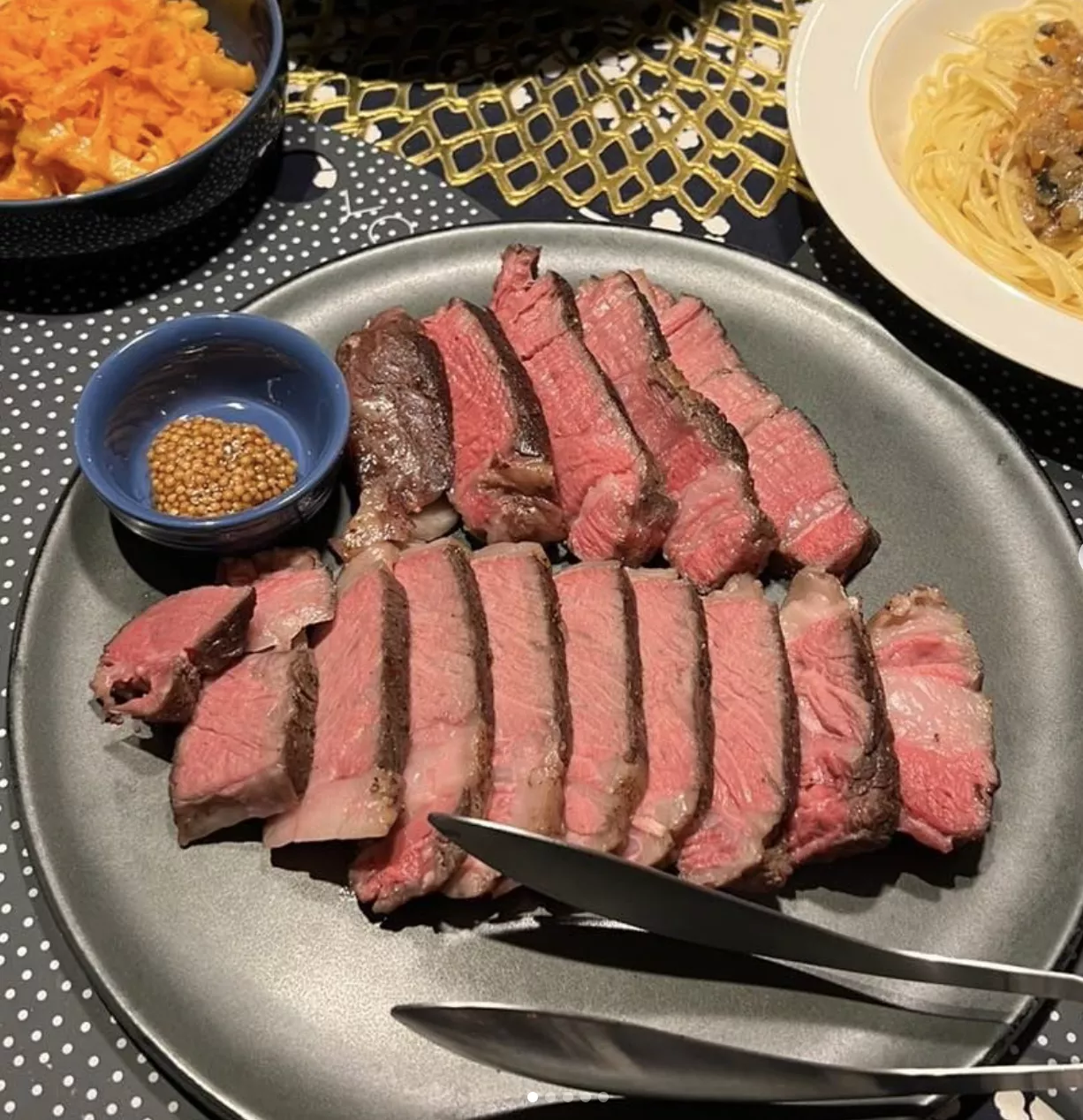Advertisement
Prime rib, a luxurious and tender cut of beef, is often the centerpiece of holiday tables. Its rich flavor and succulent texture make it a favorite for special occasions, especially Christmas. This article will guide you through selecting, preparing, and serving the perfect prime rib for your festive gatherings.
Selecting the Perfect Cut
When choosing prime rib, the quality of the beef is paramount. Look for a well-marbled cut, as the fat marbling contributes significantly to the flavor and juiciness of the meat. Here are some tips:
- Opt for a high-grade beef like USDA Prime or Choice.
- Consider the size of your gathering; typically, one rib serves two people.
Prime Rib and Holiday Traditions
Prime rib has long been a staple for holiday feasts, particularly during Christmas. Its presence on the dinner table is a time-honored tradition in many cultures, symbolizing celebration and luxury. Learn more about classic prime rib recipes.
Preparing Your Prime Rib
Proper preparation is key to a flavorful and tender prime rib. Here’s how to prepare it:
- Allow the meat to reach room temperature before cooking.
- Season generously with salt, pepper, and herbs like rosemary and thyme.
Preparing the Prime Rib
- Bring to Room Temperature: Let the prime rib sit out for about 2 hours before cooking.
- Season Generously: Use a simple mix of salt, pepper, and herbs like rosemary and thyme.
Cooking Methods
- Oven Roasting: The most traditional method. Preheat your oven to a high temperature (around 450°F), roast for about 15 minutes, then lower the temperature to around 325°F and continue cooking.
- Reverse Searing: Cook the prime rib at a low temperature first, then finish with a high-heat sear for a crispy crust.
- Slow Cooking: For a foolproof method, slow cook at a low temperature for several hours.
Cooking Times and Temperatures
- Rare: Cook until the internal temperature reaches 120-125°F.
- Medium-Rare: 130-135°F is the sweet spot for many.
- Medium: Aim for an internal temperature of 140-145°F.
Resting the Prime Rib
- Rest Before Carving: Let the prime rib rest for at least 20 minutes after removing it from the oven. This allows the juices to redistribute.
Carving and Serving
- Carve Against the Grain: Cut thin or thick slices according to preference.
- Serving Suggestions: Serve with sides like roasted vegetables, mashed potatoes, or a simple salad.
Tips for Perfection
- Use a Meat Thermometer: This is crucial for achieving the desired doneness.
- Don’t Skip the Resting Time: This step is essential for a juicy roast.
By following these steps, you’ll be able to cook a prime rib that’s perfectly seasoned, tender, and full of flavor, sure to impress your guests at any gathering.
Cooking Techniques
There are several methods to cook prime rib, each yielding a unique flavor and texture:
- Oven Roasting: The traditional method for a classic flavor.
- Grilling: For a smoky taste and a charred exterior.
- Smoking: Imparts a deep, rich flavor. Check out this smoked prime rib recipe.
Why is Prime Rib Expensive?
Prime rib is considered a premium cut due to its:
- Limited availability: Only a small portion of the cow yields prime rib.
- High demand: Its popularity during holidays drives up the price.
Perfect Pairings
Complement your prime rib with sides that enhance its rich flavor:
- Roasted vegetables like carrots and Brussels sprouts.
- Creamy mashed potatoes or a fresh green salad.
Serving and Presentation
Presentation is crucial for a memorable prime rib meal:
- Carve the meat against the grain for tender slices.
- Arrange on a platter garnished with herbs for an appealing presentation.
FAQs
What holiday do you eat prime rib?
- Prime rib is popular during Christmas and New Year’s celebrations.
Why is prime rib a Christmas tradition?
- Its luxurious nature makes it a festive choice for special occasions.
Why is prime rib so expensive?
- Its high quality and limited supply contribute to its premium price.
What to eat with prime rib for Christmas?
- Classic sides include roasted vegetables, Yorkshire pudding, and creamy horseradish sauce.
Conclusion and Additional Tips
In conclusion, prime rib is a festive and indulgent choice for holiday meals. With proper selection, preparation, and cooking, you can serve a meal that will be remembered for years to come. Don’t be afraid to experiment with different cooking methods and flavors to make your prime rib uniquely yours. For more culinary inspiration, check out The Easiest Way to Cook Pinto Beans: A Comprehensive Guide.

